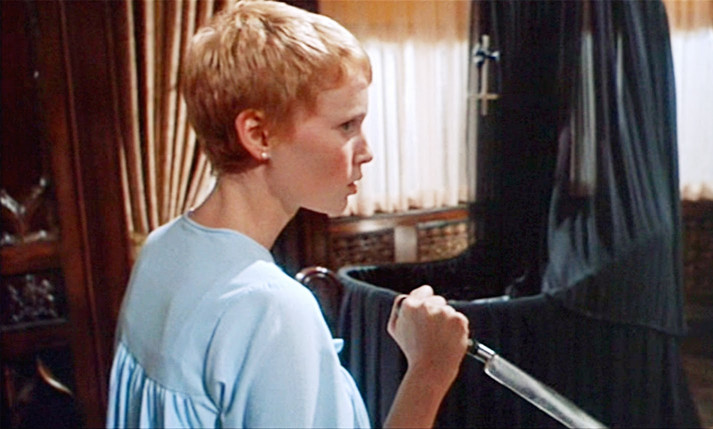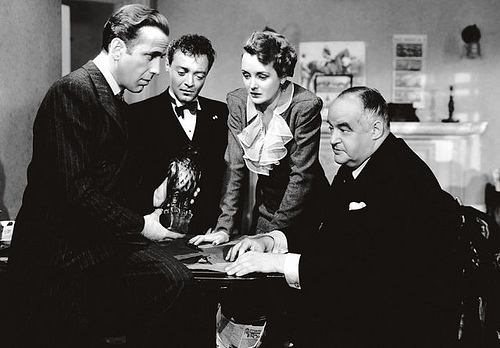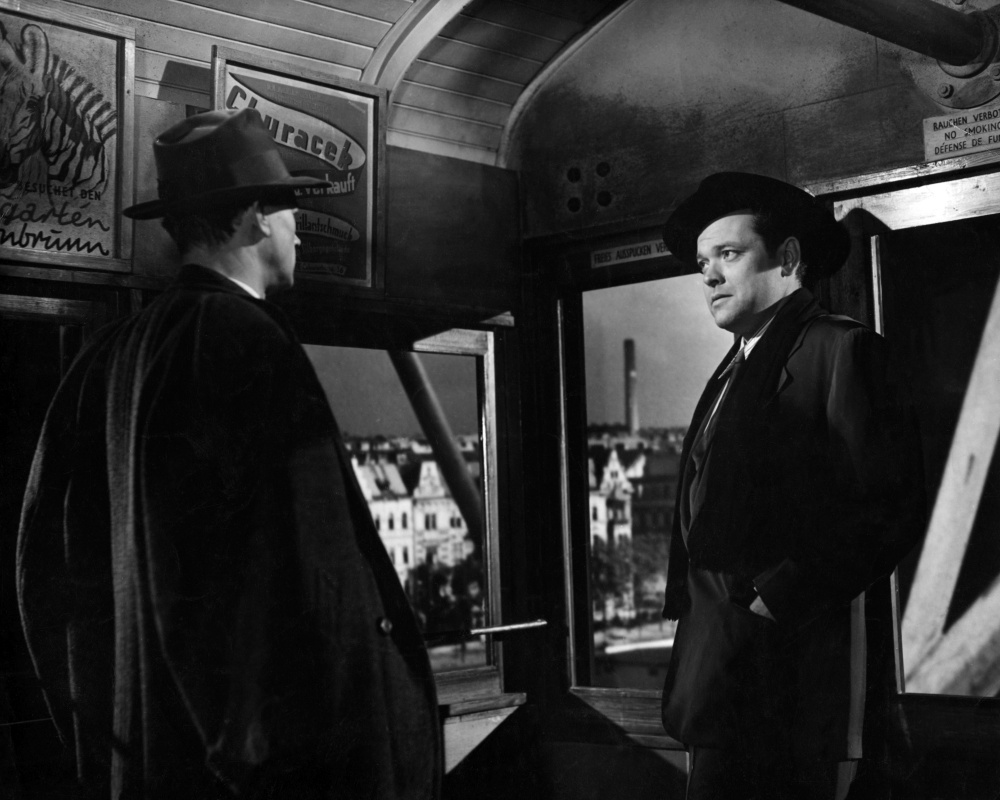6. Nashville (Hal Walker)

Robert Altman is the greatest at piecing together iconic all-star assembles in his films. Nashville is an interesting case, because one of its main characters does not even appear. Republican representative Hal Walker may have speeches, but he is never explicitly seen, despite the fact that the entire film is based around an upcoming rally of his. This interesting approach allows us to focus on the titular city and its citizens.
Like real life, we sometimes focus on those immediately around us despite the aura of this public figure lingering behind every decision we make. It’s incredible what an impact that Altman can have with this ironically-missing character, because its satirical nature will make you laugh and gasp. Life is just too hectic to take it all in, but Nashville does just enough for us to appreciate it all.
7. Rebecca (Rebecca)

This Alfred Hitchcock-David O. Selznick gothic thriller is perfectly hinged on the deceased wife of Maxim de Winter. The lead female character, played by Joan Fontaine, doesn’t even have a name in a film named after the woman she is succeeding when it comes to the de Winter legacy. She will forever follow in Rebecca’s shadow, and the entire film – cloaked in darkness – is indicative of this.
The Manderlay mansion is so gloomy in nature, you could swear you could sense Rebecca’s ghost sifting through the corridors. In fact, Rebecca may be the ultimate character to never appear on screen, because the entire film is based around her aura. Guilt lingers. Admiration hypnotizes. Everyone feels frozen in time in a very eerie fashion. Rebecca is the great example of a story that is possessed by the absent.
8. Rosemary’s Baby (the baby/the Trench sisters/Adrian Marcato)

This is the only example I could find where there are somewhat two different cases of absent vital characters in a film. The first is, obviously, the titular baby that is the spawn of Satan in human form.
Roman Polanski cleverly keeps the actual image of the baby we’ve waited to see kept away from us. We can only imagine what we think the master of darkness would look like. We get a superimposition of demonic eyes (and we of course have Rosemary’s nightmare) to go off of, but we otherwise will never get to meet this baby ourselves, despite us being present for the entire reproduction process. Then we have the Trench sisters: women from the Victorian era that allegedly ate children.
Then we have Adrian Marcato who was a murdered witch; Marcato was brought up during the same conversation as the Trench sisters. While many other films have their own urban legends, these stories are essential in Rosemary’s Baby, because we are essentially watching the unveiling of our own generation’s horror tale to share. The stories of the unknown make our mind’s creation of what the satanic infant looks like a reality to us.
9. The Maltese Falcon (Floyd)

In John Huston’s most well-known adaptation of The Maltese Falcon, the entire film is a motor-mouth affair. Tomes of information stream out of the lips of all within the film, and clinging onto any piece of evidence is a true talent you have to master. Sam Spade is the professional here, and the flurry of clues and red herrings makes his work all the more admirable.
One of the earliest leads is that Ruth’s missing sister was allegedly last seen with a man by the name of Floyd Thursby. We don’t see him at first, and we never get a chance to. Thursby was murdered. With a series of events to follow, Thursby’s identity and death instils a sense of danger and wonder throughout this sinister flick. With so much going on, it’s bizarre that this man we never meet is one of the focal points in this barrage of suspicions.
10. The Third Man (the third man)

The final entry here is a bit of a cheeky entry, because it is accurate and inaccurate. We hear of Harry Lime’s death, and we follow Holly Martin’s search for his missing childhood friend. Lime, brilliantly cast by Orson Welles, is only revealed later into the film.
Once light unmasks Lime’s face from a dark corner, we get a mild heart attack. This is a man we recognize, and he’s actually alive. What happened to his death? His body was apparently dragged by Baron Kurtz and Popescu, plus the titular third man was involved with the hiding of his corpse. Well, it is a point that is so subtle that some people may miss it through the first viewing of the film (even if they pay attention with their best intentions).
There is no third man. Lime was the one who helped drag the corpse of another, and any witnesses were ultimately silenced. Sure, many films have misleads for clues, but this picture is titled The Third Man. That means something. Is the third man the assistant to a crime, or the lackey that was used to represent the dead Lime? The third man is an unfulfilled promise in a film full of liars.
Author Bio: Andreas Babiolakis has a Bachelor’s degree in Cinema Studies, and is currently undergoing his Master’s in Film Preservation. He is stationed in Toronto, where he devotes every year to saving money to celebrate his favourite holiday: TIFF. Catch him @andreasbabs.